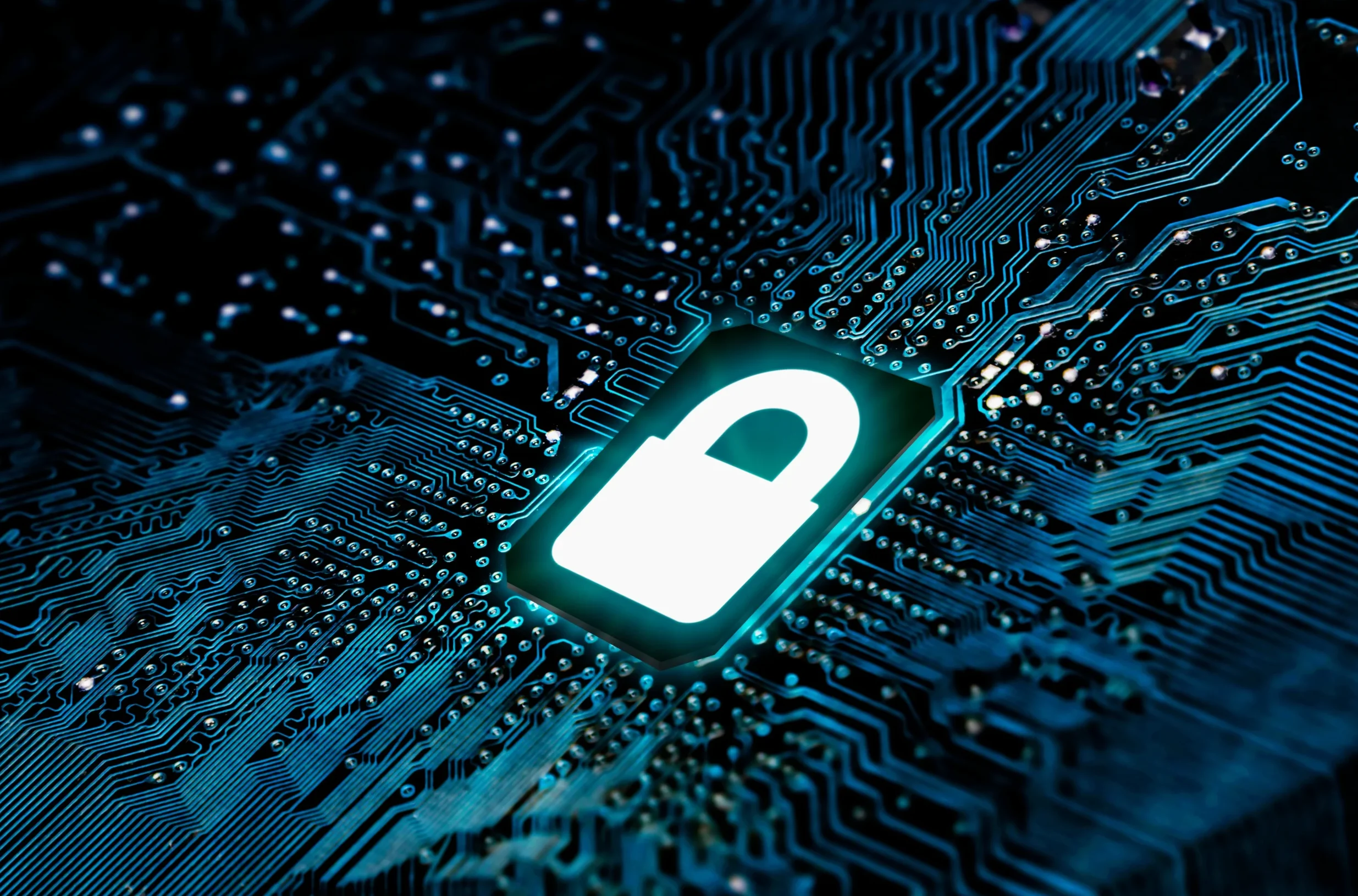Bitcoin mining is the main thing that keeps the Bitcoin network safe, decentralised, and always getting bigger. Mining is a vital part of the system since it verifies transactions, issues new bitcoins, and keeps the system running smoothly. It is also the backbone of the world’s first and most valuable cryptocurrency. This article looks at Bitcoin mining from its technological roots to its effects on the economy, the environment, and the future. It gives a full picture of the cryptocurrency ecosystem that anybody who is interested can understand.
Bitcoin Mining Process Explained
When you mine Bitcoin, you check and add new transaction blocks to the Bitcoin blockchain. Bitcoin works on a decentralised ledger that is kept up by thousands of miners around the world, unlike traditional payment systems that depend on central authorities. To solve challenging math problems called Proof of Work, miners employ powerful hardware that needs a lot of processing power and energy.
Finding a cryptographic hash below a certain target number is part of the mining process. This hash comes from executing Bitcoin’s SHA-256 algorithm over and over again on the block’s data and a nonce, which is a number that miners alter every time they try. The first miner to find a valid hash gets to add the block to the blockchain and gets a reward in new bitcoins as well as transaction fees. This two-part incentive system makes sure that miners’ incentives are in line with the network’s safety and long-term health.
Evolution of Bitcoin Mining Hardware
When the mysterious Satoshi Nakamoto released Bitcoin in 2009, anyone with a personal computer’s CPU could mine it. But as more people joined, mining became harder and harder, rendering ordinary CPUs useless. Miners switched to more powerful Graphics Processing Units (GPUs), which made hashing speeds go up a lot. The emergence of Application-Specific Integrated Circuits (ASICs) was the major turning point. Companies like Bitmain Technologies and MicroBT made these custom-built chips that work best with Bitcoin’s SHA-256 algorithm. They are the fastest and most efficient chips on the market.

ASICs made mining much bigger, but they also made it possible for mining power to be concentrated in big operations and mining farms, which are often in places where electricity is cheap and plentiful, such as areas of the United States, Canada, and China before the mining bans. Mining pools were popular because they let smaller miners share resources and block rewards, which helped keep income steady. F2Pool and Slush Pool are two of the biggest pools that control a lot of the network’s hashing power. However, decentralisation is still a top priority for the community.
Economic Dynamics of Bitcoin Mining
Bitcoin mining is both a business and a technological event. To be competitive, miners spend a lot of money on hardware, infrastructure, and electricity. The main incentive is the block reward, now 6.25 bitcoins per block after the May 2020 halving event, along with transaction fees from users. Bitcoin’s market price, mining difficulty, energy expenses, and device efficiency are just a few of the things that affect profitability.
When the price of Bitcoin goes down or the difficulty goes up, mining becomes less profitable, which makes some miners stop working for a while. This dynamic creates a network that may change and control itself over time. Bitcoin mining affects energy markets and local economies, especially in places with many renewable resources. It’s not only about making money for individuals. Mining farms often work with energy companies to use extra or off-peak electricity. Such activity helps keep grids stable and makes money from stranded energy assets.
Bitcoin Mining Environmental Challenges
There has been extensive global debate regarding the environmental impact of Bitcoin mining, primarily due to the high electricity consumption associated with the Proof of Work mechanism. certain estimates say that the Bitcoin network uses as much energy as certain midsized countries, which raises worries about carbon emissions and long-term viability. Many mining companies are now using more renewable energy sources, like hydroelectric, geothermal, wind, and solar power, in response. Because they have access to cheap, clean energy, places like Iceland and the Pacific Northwest have become mining centres.
Also, groups and people who support blockchain, like the Bitcoin Mining Council, work to make things more open and energy-efficient to deal with these issues. Technological progress also aims to make mining hardware more efficient, which means using less power per unit of computational labour. In addition, new consensus mechanisms in other blockchain projects, such as Proof of Stake, show that there may be other ways to do things that don’t use as much energy as Proof of Work. However, Bitcoin itself is still sticking to its original protocol.
Security and Decentralization Challenges
Mining Bitcoin is very important for keeping the network secure and decentralised. The Proof of Work system makes it very hard to change transaction history, which makes attacks not worth the money. Mining is spread out all around the world, which makes it less likely to be censored or have a single point of failure.

Even Nevertheless, the fact that a few large pools and geographic areas hold most of the mining power makes decentralisation harder to achieve. Discussions in the community and modifications to the protocol are still focused on finding ways to spread mining power more widely and protect the network from possible weaknesses.
Bitcoin mining is becoming more and more of a concern for governments throughout the world because of its effects on the economy, its energy use, and its ties to the larger cryptocurrency market. Some governments have outlawed or limited mining because they are worried about the environment and the economy. China’s 2021 crackdown on mining significantly impacted the industry, prompting miners to relocate to countries such as the US, Canada, and Kazakhstan.
Other countries are welcoming miners by giving them tax benefits, helping them build infrastructure, and giving them access to renewable energy. As the business matures, regulatory frameworks are changing to cover things like tax regulations, licensing requirements, and anti-money laundering (AML) compliance.
Final thoughts
Bitcoin mining is likely to keep changing as technology improves and energy sources change. Next-generation ASIC miners promise to be more efficient, and combining them with AI and data analytics could make mining operations and predictive maintenance even better. Environmental sustainability will still be very important, and more mining companies will use green energy and carbon offset initiatives.
Scaling solutions like the Lightning Network try to lower the number of transactions on the main blockchain, which has an indirect effect on mining dynamics. Community-led projects and improvements to technology might make mining power even more decentralised, which would keep Bitcoin’s essential values. Mining will continue to be an important part of the Bitcoin network’s strength and endurance as the global financial system adopts digital assets.







